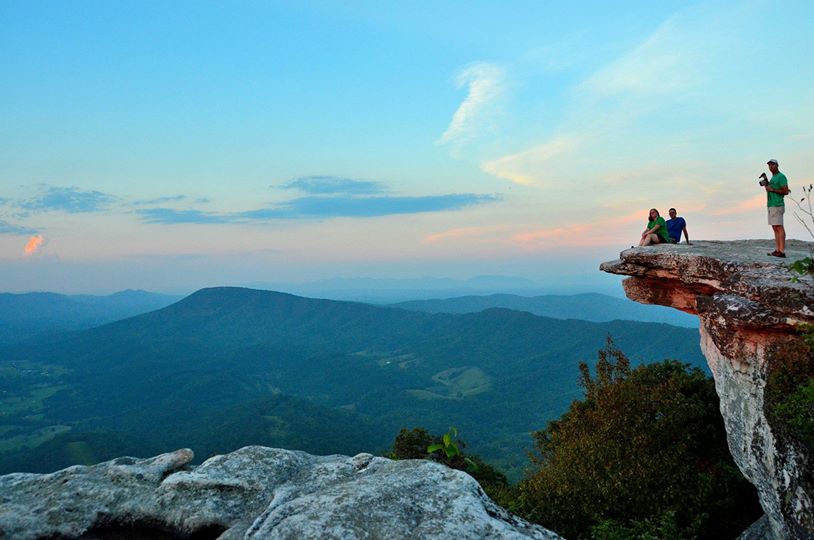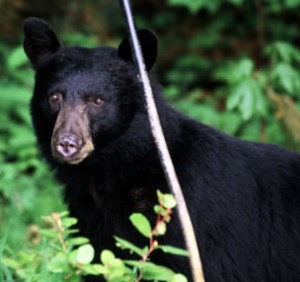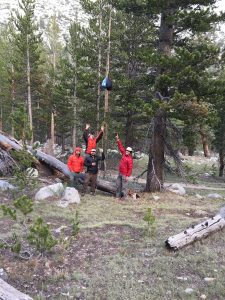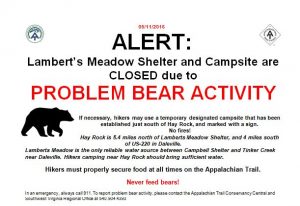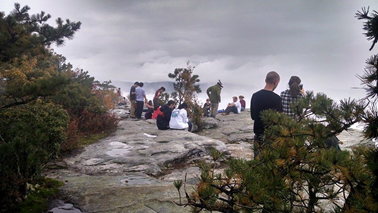RATC Honored with Landsaver Award

On Sunday, September 9, 2018, the Roanoke Appalachian Trail Club was honored to receive the 2018 Landsaver award from the Blue Ridge Land Conservancy in recognition of the club’s work in building, maintaining and protecting over 120 miles of the AT between Va 611 in Bland County and Black Horse Gap on the Blue Ridge Parkway. BRLC detailed the reasons for the award in its recent newsletter [with minor edits]:
In the backyard of the Blue Ridge runs the nation’s premier, continuous, long-distance footpath: the Appalachian National Scenic Trail, commonly referred to as the “AT.” With a length of 2,190 miles from Georgia to Maine that takes thru hikers from 4 to 7 months to complete, who takes care of this mammoth recreational gem?
That’s where groups like the Roanoke Appalachian Trail Club step in. The recipient of this year’s Landsaver Award from the Blue Ridge Land Conservancy. the club was founded in 1932. It’s one of 31 similar clubs along the length of the AT, the purpose of which is to maintain, and address threat to the trail. This hard-working club oversees more than 120 miles of the trail between Bland County and Black Horse Gap in Virginia. Some volunteers walk a section assigned to them 4 times a year to monitor vegetation and pain the iconic white blazes. They do a great job, according to many thru-hikers. Jim Beeson, the current presidents of the club, completed the AT in 2016. For him, this area had some of the best parts of the trail in terms of maintenance and views. In fact, it encouraged him to join the club.

